
What are the 3 types of e commerce and where does your business fit in? The 3 main types of e commerce is business-to-business (B2B), business-to-consumer (B2C) and consumer-to-consumer (C2C).
There are also 3 additional types of e commerce that are lesser known but still very viable business models. These are consumer-to-business (C2B), business-to-administration (B2A) and consumer-to-administration (C2A).
Overall there are 6 types of eCommerce and with eCommerce continuing to grow and expand there are new ones bound to pop-up in the future.
- Business-to-Business (B2B) – transaction between one business and another business. Example: You business buys 10,000 fidget spinners to sell on your website.
- Business-to-Consumer (B2C) – transaction between a business and a consumer. Example: you buy a new toaster on Amazon.
- Consumer-to-Consumer (C2C) – transaction between a consumer and a consumer. Example: You buy a used bicycle from someone in your town through Craigslist.
- Consumer-to-Business (C2B) – transaction between a consumer and a business. Example: you upload your photos to Shutterstock who then sells them on your behalf and gives you a commission.
- Business-to-Administration (B2A) – transaction between a business and an authority/government. Example: H&R Block files your tax return online.
- Consumer-to-Administration (C2A) – transaction between a consumer and an authority/government. Example: you order a new driver’s license online.
Each of these types of e commerce can be seen as an overriding business model. Within this overriding business model there exists a lot of variations and types of businesses.
Some businesses can cross over and operate in several different types of e commerce. A business can be a business-to-consumer (B2C) but also be a business-to-business (B2B) operation.
What Is e-Commerce, Mobile Commerce and Facebook Commerce?
Commerce has been around since the beginning of civilization and refers to activity of buying and selling (or trading) of goods or services.
In Greek mythology, Poseidon was considered the father of commerce because Poseidon was the god of the seas and all trade and commerce relied on ships and sailing at the time.
When the internet first started gaining prominence as a medium to conduct commerce, the letter ‘e’ was added to ‘Commerce’ as it refers to electronic commerce.
Today it is hard to imagine any form of commerce that does not involve the internet at some stage. eCommerce has truly taken over but even though most transactions now occur online, the physical exchange of goods is still required.
Back in 1995, eBay was one of the first major online retailers that really popularized the novelty of buying and selling stuff online.
At the time the vast majority of people were still very sceptical and eBay to a large extent helped to break down this trust barrier.
Today, most people don’t even think twice about buying something online. Amazon has become the first port of call for buying almost anything.
Mobile Commerce (M-commerce)
As online shopping evolved and phones became more and more like small computers, people started using their phones for much more than calling, texting and checking emails.
Mobile commerce refers to eCommerce that happens through mobile devices like phones and tablets. The main benefit of mobile commerce is that it often happens through apps.
Amazon, Ebay, Alibaba, Etsy etc. all have their own apps and these apps act like virtual shops. Once a consumer is “inside” your shop (your app) they are far more likely to buy and to keep buying.
On top of that they can gather a lot more data about shoppers and vastly improve and even personalize the shopping experience.
From this point of view, mobile commerce is very lucrative and is set to grow even more and become even more sophisticated.
Facebook Commerce (F-Commerce)
In recent years, Facebook joined the party. With their massive 3.5 billion user base they have been searching for ways to expand their income beyond just advertising. The Facebook Marketplace was a huge success but Facebook still did not make any money directly from it.
The real precursor to Facebook commerce was way back in the day with Farmville which was a Facebook game where users could exchange real money for virtual money to spend within the game.
Facebook has since partnered with Shopify to now offer a full blown Facebook commerce where users can set up online shops on the Facebook platform.
The 3 Main Types Of E Commerce
The 3 main types of e commerce are Business-to-Business (B2B), Business-to-Consumer (B2C) and Consumer-to-Consumer (C2C) which makes up roughly 80% of all e commerce. Let’s look at each one in more detail to understand the differences of each.
1. Business-to-Business (B2B)
Business-to-business makes up one of the largest sectors of eCommerce and the most common for is when businesses buy stock, equipment or tools to run their business from another business.
It’s obvious that B2B transactions tend to be larger transactions because businesses often buy expensive equipment or large amounts of stock.
This is certainly true for more traditional business types. B2B eCommerce does involve many different types of businesses though.
Many online businesses supply online tools and/or services to other businesses. One prime example would be Shopify.
They provide an online shopping platform that allows other businesses to sell products and services online.
Software and apps that provide a service to businesses also fall into this category and makes up a massive chunk of this business sector.
This is also quite volatile as new technologies can quickly change the software landscape. eCommerce is continually evolving and so are the services needed to run an eCommerce business.
Its been said that during a gold rush you want to sell spades. This is largely the philosophy when your primary focus is business-to-business ecommerce.
It can be one of the most lucrative types of ecommerce but it can also be quite volatile as the competition for online services to business is quite fierce.
In terms of providing products to businesses, China still leads the way and is largely why Alibaba is still the biggest eCommerce business in the world.
2. Business-to-Consumer (B2C)
Business-to-consumer (B2C) is the most well known type of e commerce as it reflects the traditional way of a business selling products or services to a customer.
Globally, business-to-consumer transactions equate to billions with the ability for customers to buy products online from virtually anywhere in the world.
B2C ecommerce has quite literally obliterated any international barriers to trade. Poseidon has well and truly been replaced by the new god called the internet.
B2C is pretty much every product that you buy from somewhere like Amazon but it also includes services like Netflix. Netflix is a business and they provide a service to consumers.
This sector of eCommerce makes up the bulk of online transactions but it tends to be a lot of smaller transactions compared to B2B transactions. B2C is still the main driver of all online commerce.
3. Consumer-to-Consumer (C2C)
Consumer-to-consumer (C2C) transactions are probably the closest thing we have to what commerce used to be. Before money and currency was freely available people used to trade.
Even when money and currency started gaining popularity, most transactions where between ordinary people who would go to a market to sell what they have and to buy what they need.
When eCommerce developed thanks to the internet, eBay “recreated” this form of commerce by providing a platform where consumers can trade with each other.
Transactions on a marketplace like eBay was initially between consumers. eBay simply provided a platform for these transactions to take place.
Today, eBay has evolved and there are a lot of businesses selling on there now, however, the concept is still alive and kicking.
The biggest one is still Craigslist which allows consumers to trade with each other with anything from lawnmowers to houses for rent and even jobs.

Etsy is another great example of a C2C business. They allow consumers to sell handmade products to other consumers through the Etsy platform that facilitates the sales.
In eCommerce, C2C transactions are almost always happening within some sort of platform like Craigslist, eBay or Etsy.
These platforms usually have their hand full in trying to police a safe shopping environment between consumers since they are not directory involved in the transactions.
The 3 Additional Types Of E Commerce
The 3 main types of eCommerce is fairly well known and many of the most popular online businesses function within those 3 types.
There are however 3 more types of ecommerce that are lesser known but still very significant.
4.Consumer-to-Business (C2B)
Around 2004 with the so-called Web 2.0 phenomena, the internet changed forever. Web 2.0 allowed everyday people to become involved in creating the internet and everything from blogs to online forums and even Facebook evolved from this.
Facebook essentially creates no content and relies on its users to create content. The same is true for most social networks but they are not really C2C businesses since the user content is not involved in a direct transaction.
You could argue that Facebook is a C2B business since the user generated content indirectly allows them to advertise (which is where the bulk of their revenue comes from).
A more obvious example of a consumer-to-business e-commerce model is with stock image and photography sites like Shutterstock or CreativeMarket.
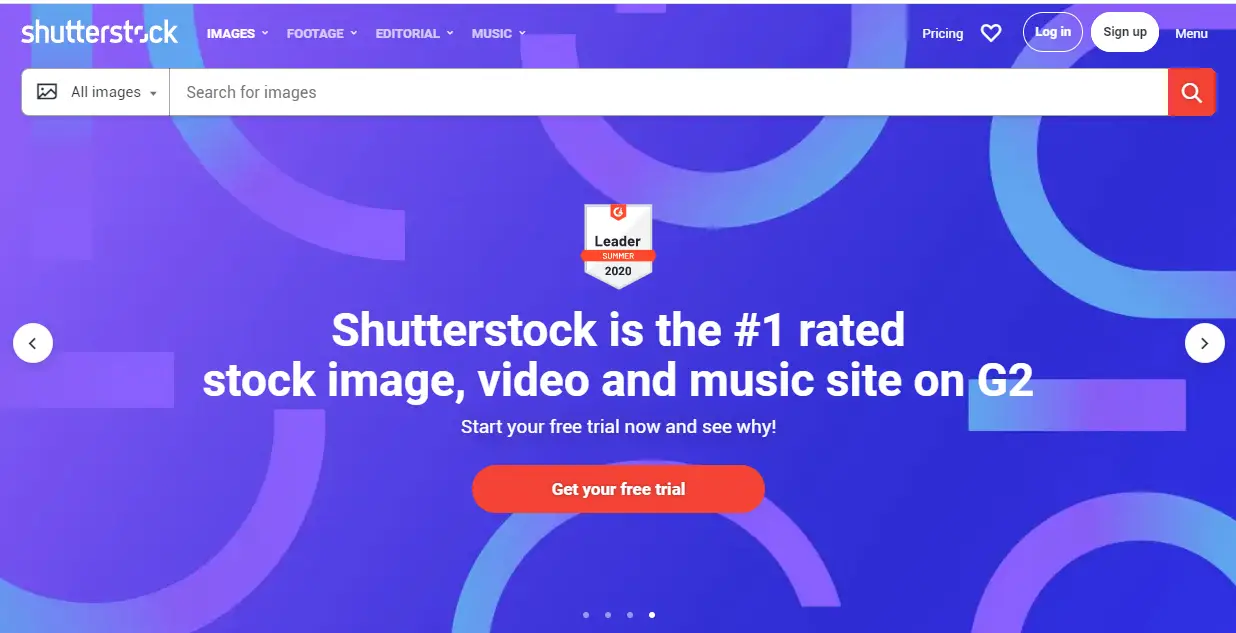
On a stock image/photography site, the thousands of users upload their images and make it available to be sold on the site. The consumers generate the content for the business who then sells it and gives the consumers a cut.
Another great example of C2B businesses are outsourcing sites like Upwork and Fiverr where consumers offer their services on the platform. The platform then makes these services available for others to buy.
With the consumer-to-business model the consumers create the value and the business consumes that value.
5. Business-to-Administration (B2A)
The business-to-admininstration eCommerce model is where a business provides an online service that allows local, state or federal governments to trade or exchange information.
Accela is one of the biggest software companies that provides a range of services to governments for planning, licensing, permits and more.
It allows businesses to file the appropriate documents to their local governments in accordance with local legislation.
Filing taxes online is another great example of the the B2A eCommerce model.
Companies like H&R Block and Turbotax allow businesses (accountants and bookkeepers) to e-file their customers’ tax returns to the government.
6. Consumer-to-Administration (C2A)
The consumer-to-administration eCommerce type is not always that evident but plays an incredibly important role in our everyday lives.
A C2A eCommerce business is one that facilitates transactions between consumers and public administration. It mostly deals with state and local governments/authorities and the services they provide.
This typically includes services like education, healthcare and social security and allows consumers to transact information with a governing body.
If you need to order a new driver’s license for instance you will be involved in a C2A transaction as there is a fee to be paid for ordering the new card.
What Are The 3 Types Of E Commerce – Conclusion
Most businesses are built around one type of eCommerce model. A business that is set up as a business-to-business organization will be vastly different in almost every way than a business that is set up as a business-to-consumer (B2C) business.
Business-to-business is still the biggest type of ecommerce simply because of the (monetary) size of the transactions.
Businesses tend to buy stock in bulk and most businesses tend to invest in equipment that are much higher in value than mere consumer purchases.
Some businesses cross over from one to the other and it is often the result of an evolution or growth of a business rather than an initial plan.
One great example is the Chinese giant Alibaba. While Alibaba is mainly a business-to-business platform that connects suppliers/wholesalers to businesses, they branched out to create Aliexpress which became a business-to-consumer platform.
Because eCommerce is based online, a large percentage of all the ecommerce types rely on digital services and software platforms play an important role.
Payment processors, cloud services, logistics solutions etc, are all products of the needs that arise from eCommerce.
eCommerce is set to take over even more than it already has. Within these 6 types of eCommerce you can establish yourself regardless of your products or services. Nothing is off-limits to eCommerce anymore.